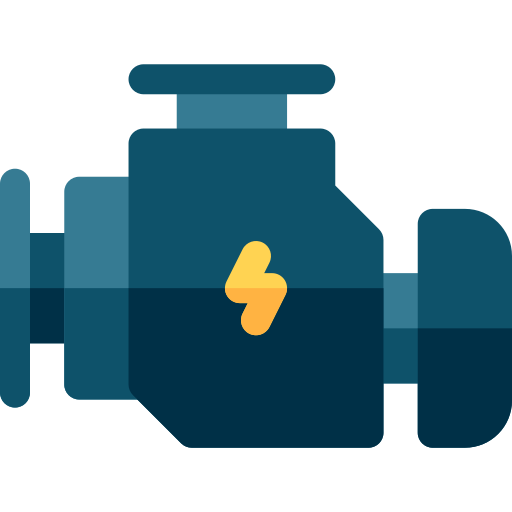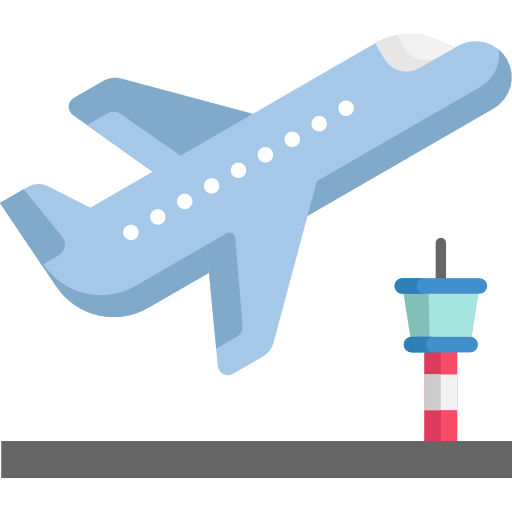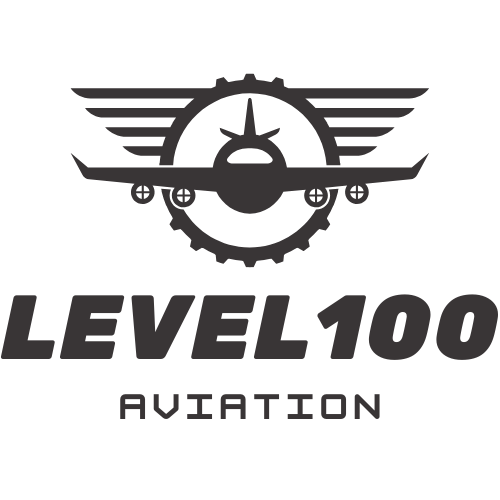How to become a pilot ?
How to become a pilot?
This page provides a comprehensive guide on the steps required to pursue professional training and become a commercial pilot.

Minimum Requirements To Enroll For CPL Training

Fluency in English
Proficiency in reading, writing, and understanding English is essential for enrolling in a CPL course.

Minimum age for CPL is 18 years.
You can enroll in a pilot training program at the age of 17, as the course typically takes around one year to complete.

Minimum Academic Qualification Required for the Issuance of a Commercial Pilot License (CPL)
10+2 with Physics and Math required. Non-science students can qualify via NIOS.

Medical Fitness For Pilot Training
Before enrolling in a pilot training course, you must be medically fit to fly. The DGCA mandates a two-step medical clearance process:
1. Class 2 Medicals:
Conducted by DGCA-approved doctors across India. After the examination, you’ll receive a CA-35 assessment form as a preliminary fitness certificate. Your reports are then forwarded to DGCA, which issues the final Class 2 medical assessment.
2. Class 1 Medicals:
Initial Class 1 assessments are available only in Mumbai, Bangalore, Delhi, Chennai, and Jorhat. You can apply for Class 1 only after receiving your Class 2 assessment from the DGCA.
File Number:
A permanent DGCA file number is issued with your Class 2 assessment. This unique number is required for all future correspondence and documentation with the DGCA.
Commercial Pilot License (CPL) Program
Flight Training
This is the stage where the real adventure begins—taking the controls of an aircraft and starting your flying lessons. But before you step into the cockpit, choosing the right flight training institute is critical, as the quality of your training will shape your future as a professional pilot.
As the saying goes:
“A pilot license may get you an interview, but it’s the quality of your training that gets you the job.”
Whether you choose to train in India or abroad, the costs are relatively similar, so making an informed decision is key. Here are some important factors to consider when selecting your flying school:
Key Factors to Consider:
DGCA-Approved Training:
Ensure the school is recognized by the Directorate General of Civil Aviation (DGCA) and adheres to international training standards.Instrument Flying Proficiency:
A strong foundation in instrument flying is essential. Choose a school that offers structured and comprehensive training in this area.Effective Communication:
Your ability to communicate clearly in busy and complex airspaces can make a major difference in real-world aviation.Diverse Airspace Experience:
Exposure to both controlled and uncontrolled airspace helps in building decision-making skills and confidence as a pilot.
Training Abroad?
Opting for a flying school abroad may also offer the benefit of earning a dual pilot license, opening doors to more international opportunities.

DGCA REQUIREMENTS

100 HOURS PILOT IN COMMAND (PIC)

250 NAUTICAL MILES (NM) CHECK

40 HRS INSTRUMENT FLIGHT

100 HOURS PILOT IN COMMAND (PIC)

120 NAUTICAL MILES (NM) CHECK

10 HOURS MULTI-ENGINE

300 NAUTICAL MILES (NM) CHECK

10 TAKE OFF AND LANDING BY NIGHT
Major Steps to Start Your Pilot Career
How to Become a Commercial Pilot: Step-by-Step Guide
Step 1: Check Basic Eligibility
Age: Minimum 17 years to begin training; 18 years to obtain a CPL (Commercial Pilot License).
Education: 10+2 with Physics and Mathematics or equivalent. Non-science students can meet this requirement via NIOS or any recognized board.
English Proficiency: You must be able to read, write, and understand English fluently.
Step 2: Undergo Medical Fitness Assessment
Flying requires physical and mental fitness. You must clear both DGCA-approved medical evaluations:
Class 2 Medicals:
Conducted across India by DGCA-authorized doctors. After completion, you’ll receive a CA-35 certificate. Your documents are then sent to DGCA for final approval.Class 1 Medicals:
Conducted only in Mumbai, Delhi, Bangalore, Chennai, and Jorhat. You can apply after receiving your Class 2 clearance.File Number:
A unique file number will be assigned with your Class 2 certificate—used for all DGCA communications.
Step 3: Apply for a DGCA Computer Number
This is mandatory to sit for DGCA theory exams.
Register on pariksha.dgca.gov.in
Submit attested documents by post within 10 days.
You’ll receive a confirmation email upon successful processing.
Step 4: Clear DGCA Theory Examinations
Exams are held four times a year.
Most papers are multiple-choice based (MCQs).
Subjects vary depending on whether you’re training in India or abroad.
Strong preparation is key to clearing these exams.
Step 5: Enroll in a Flight Training School
Choose a DGCA-approved flying school—either in India or internationally. Consider:
Quality and structure of training
Instrument flying exposure
Radio communication in international airspace
Balanced experience in controlled and uncontrolled airspace
Training abroad may offer the benefit of earning a dual pilot license.
Step 6: Log Required Flying Hours
To qualify for a CPL, you must complete a minimum of 200 flying hours, including:
Solo flying
Cross-country navigation
Night flying
Instrument flying
Step 7: Apply for a Commercial Pilot License (CPL)
Once all requirements are fulfilled:
Submit flying records, theory results, and medical assessments to DGCA.
Verify all regulatory conditions are met for license issuance.
Step 8: Earn Additional Ratings (Optional but Recommended)
Enhance your qualifications with:
Instrument Rating (IR)
Multi-Engine Rating (MER)
These boost your employability in competitive airline recruitment.
Step 9: Start Applying for Airline Jobs
With a valid CPL, apply to airlines. Be prepared for:
Simulator checks
Aptitude and psychometric tests
Technical interviews
Step 10: Upgrade to ATPL (Airline Transport Pilot License)
After accumulating 1,500 hours of flight time, you become eligible for an ATPL—essential to become a Captain in airlines.
